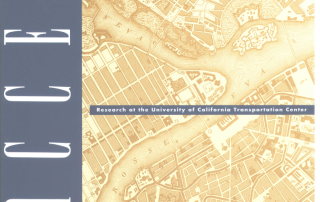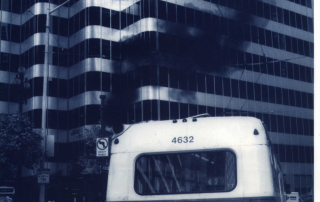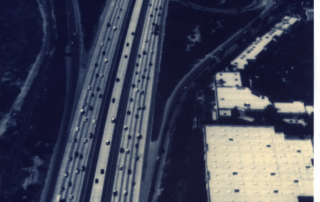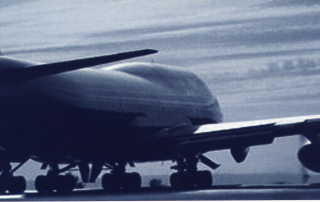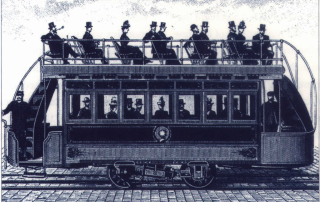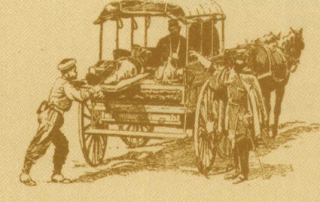ACCESS 11, Fall 1997
Director’s Comment
Martin Wachs
There is a need for competent and principled leadership in the field of transportation. The ongoing debate about reauthorizing ISTEA clearly illustrates the political pulls and tugs that characterize democratic decisionmaking. Each interest group voices its particular preferences, and legislators stake out claims for projects and programs that directly benefit their constituents. Real leadership involves breaking deadlocks like these through vision and compromise, but such leadership is rare. Beyond serving supporters' immediate aims for expensive projects, few seek to exploit transportation's potential for shaping the economy, environment, and public welfare.

